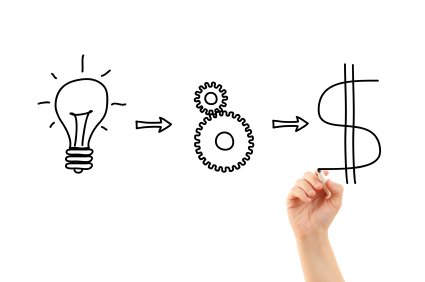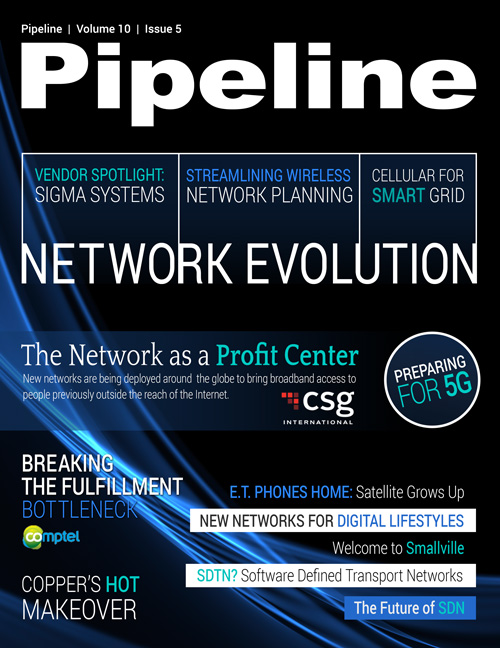From Idea to Install With Catalog-Driven Automation
By: Jesse Cryderman

How would you like to reduce your travel budget and skip out on keynote presentations at the remaining trade shows this year? If I were to summarize the overall theme of every trade show and industry event over the past three years, it would be this: the rate of change in telecommunications is so swift that it’s outpacing communications service providers’ ability to evolve.
We’ve all heard the data. When the analyst firm Ovum researched the impact of social messaging on CSPs’ revenues, two disturbing trends came into focus: over-the-top (OTT) social messaging is leeching billions of dollars, and this trend is rapidly accelerating. Similarly, Ovum estimates that despite the growth in mobile connections worldwide, traditional voice revenues will continue to slide. Likewise, Chetan Sharma Consulting predicts that 2013 will be the last year in which voice revenues exceed mobile-data revenues. As you can see in figure 1 below, the revenue mix for CSPs is rapidly changing, with new digital services and mobile data forming the foundation of the future.

CSPs certainly face numerous risks and challenges as the market changes, but the opportunities in the emerging digital economy are equally significant. Telefónica formed Telefónica Digital in September 2011, and by the following summer it estimated that the new unit could bring in five billion euro, or roughly $6.2 billion, in new revenue by 2015. The new digital economy is a trillion-dollar opportunity, but how do CSPs get from point A to point B?
Approaching these challenges with legacy tool kits is like bringing a slide rule into a physics lab and attempting to perform calculations as quickly as scientists using graphing calculators. CSPs must transform the way they do business and create automated, repeatable, scalable process flows. The best place to start is by standardizing the way in which services and products are modeled, expressed, sold, and delivered.
Catalog consolidation
In order to compete in the digital economy, CSPs must essentially become digital-services retailers of hundreds, if not thousands, of products. They must be able to rapidly design, sell, launch, and scale solutions, integrate their offerings seamlessly with third-party solutions and numerous partners, and constantly manage dynamic promotions and incentive bundling to stay ahead of competitors and meet the needs of an increasingly demanding user base. To top it all off, there are more sales channels than ever before.
In order to accommodate these demands, the way in which products and services, not to mention their interdependencies and network requirements, are modeled and defined must be standardized throughout a product’s entire life cycle. However, for most CSPs this goal hasn’t been realized. More often than not the modus operandi is disparate, siloed legacy systems that have been stitched together over years of corporate consolidation, making everything from selling customized business products to launching new services a time-consuming, expensive chore.
In place of standardized systems, the sales teams of some of the larger CSPs still rely on Microsoft Excel to capture orders, but you can’t effectively offer and sell a new product unless you know exactly what you’re pitching and how it interacts with the network services it requires—these complex figures and interdependencies can’t be accurately expressed on a spreadsheet in an automated fashion. It’s no wonder CSPs experience high rates of order fallout and suffer from limited agility; one leading provider’s chief information officer, who spoke on condition of anonymity, estimated that his company’s rate of order fallout hovers at around 70 percent.



















